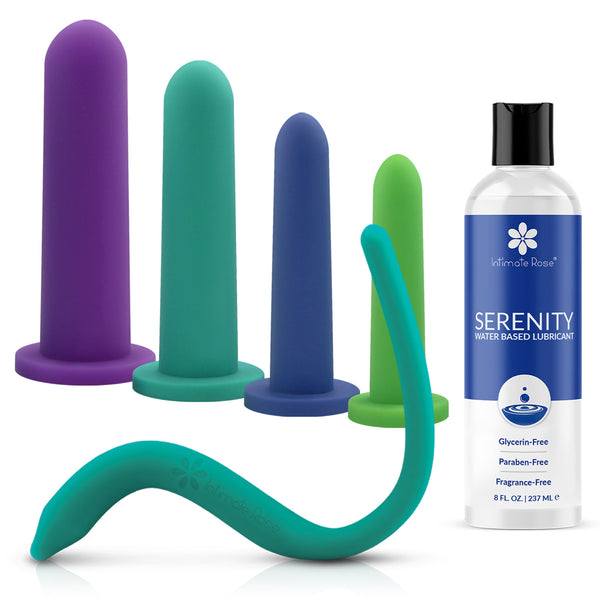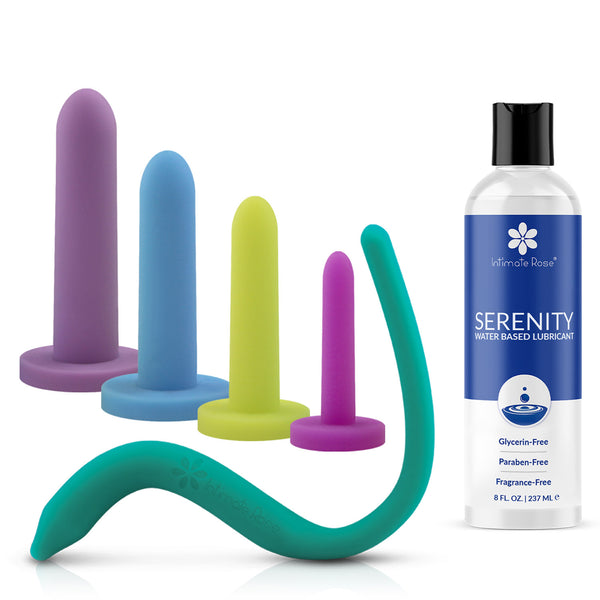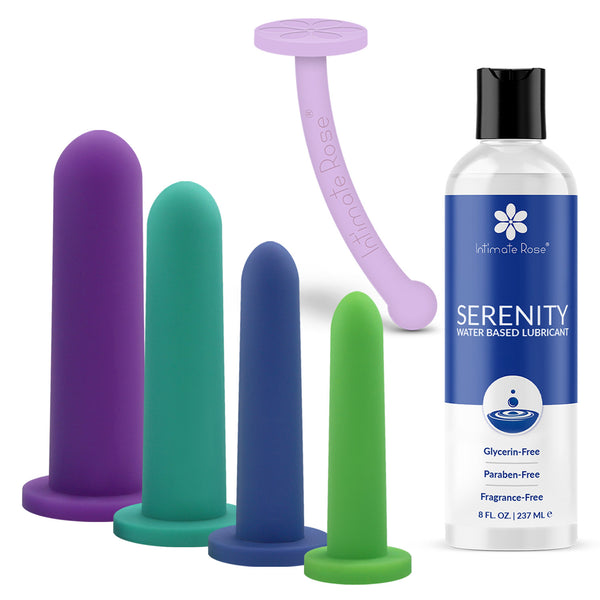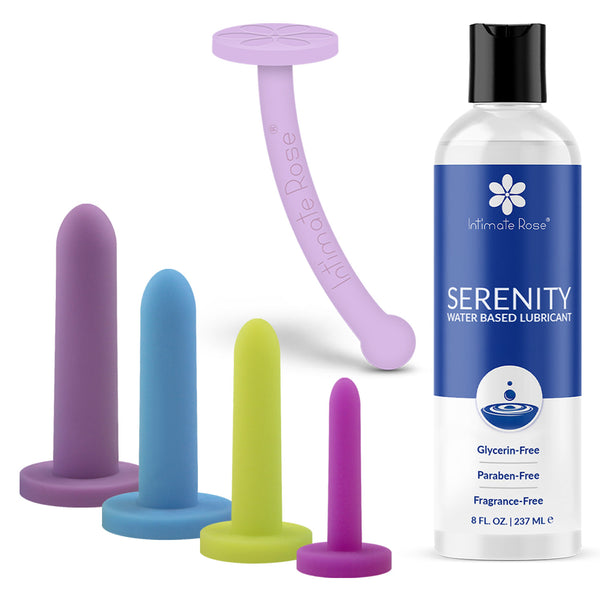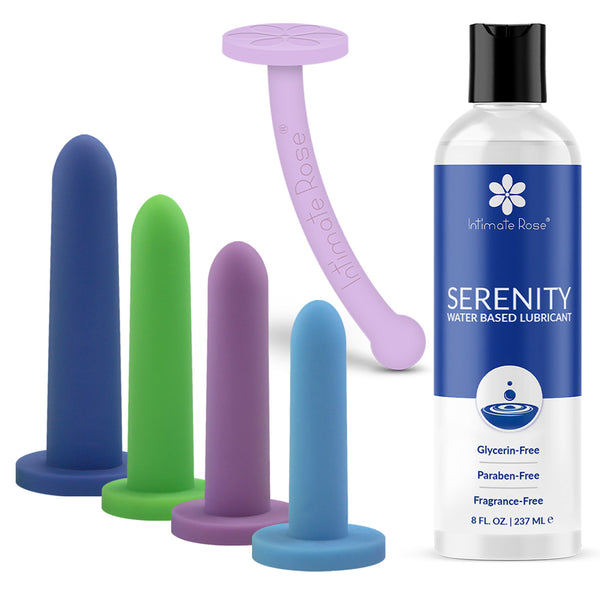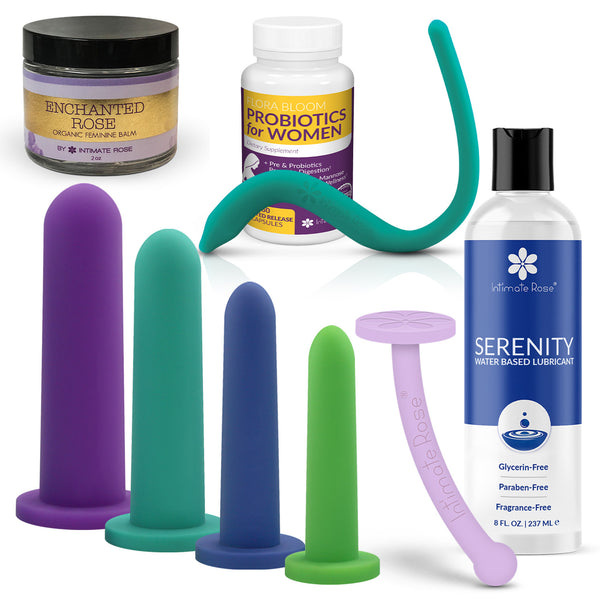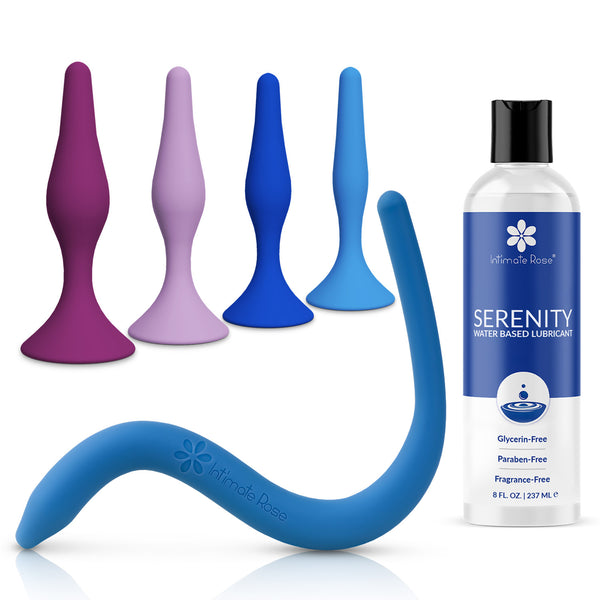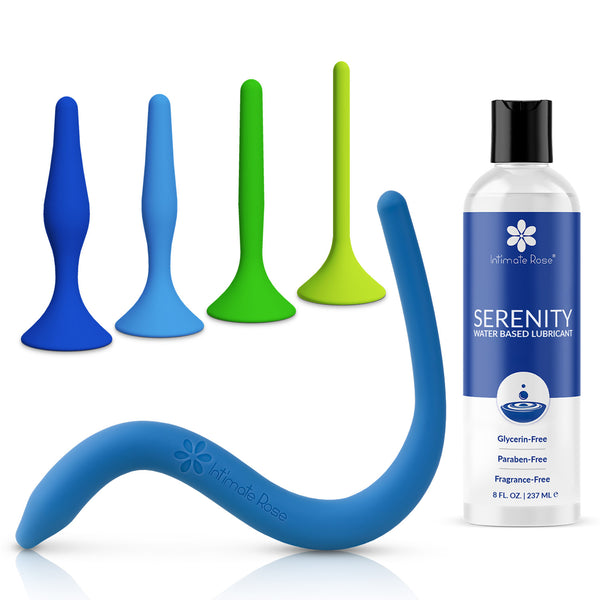A study (1) investigated the relationship between voiding dysfunction and lower urinary tract (LUT) symptoms in women presenting with chronic pelvic pain (CPP), particularly in the absence of a gynecologic diagnosis.
The study included 105 female patients with CPP lasting from 6 months to over 16 years. All participants underwent video urodynamics with surface EMG and completed the AUA Symptom Index and a quality-of-life questionnaire. Based on urodynamics findings, patients were divided into three cohorts:
-
50 patients had detrusor overactivity
-
41 patients had detrusor underactivity
-
14 patients exhibited dysfunctional voiding
Receive tools to explore and introduce to patients
Urinary frequency emerged as the most common symptom across all groups.
These findings suggest that in patients with chronic pelvic pain and no identifiable gynecological cause, detrusor or voiding dysfunction may play a significant role. The study supports the use of video urodynamics as a diagnostic tool to guide treatment and emphasizes the need for a multidisciplinary approach.
Clinical Reflection:
Are you seeing patients with CPP who have not responded to gynecologic care? Are they receiving urodynamic testing prior to pelvic floor evaluation?
- Goueli R, Thomas D, Suresh A, Te A, Bonder J, Stein A, Chugtai B. Characterization of Bladder and Pelvic Floor Dysfunction in Women with Chronic Pelvic Pain. Journal of Women’s Health Physical Therapy. 2017;41(3):132-136.








